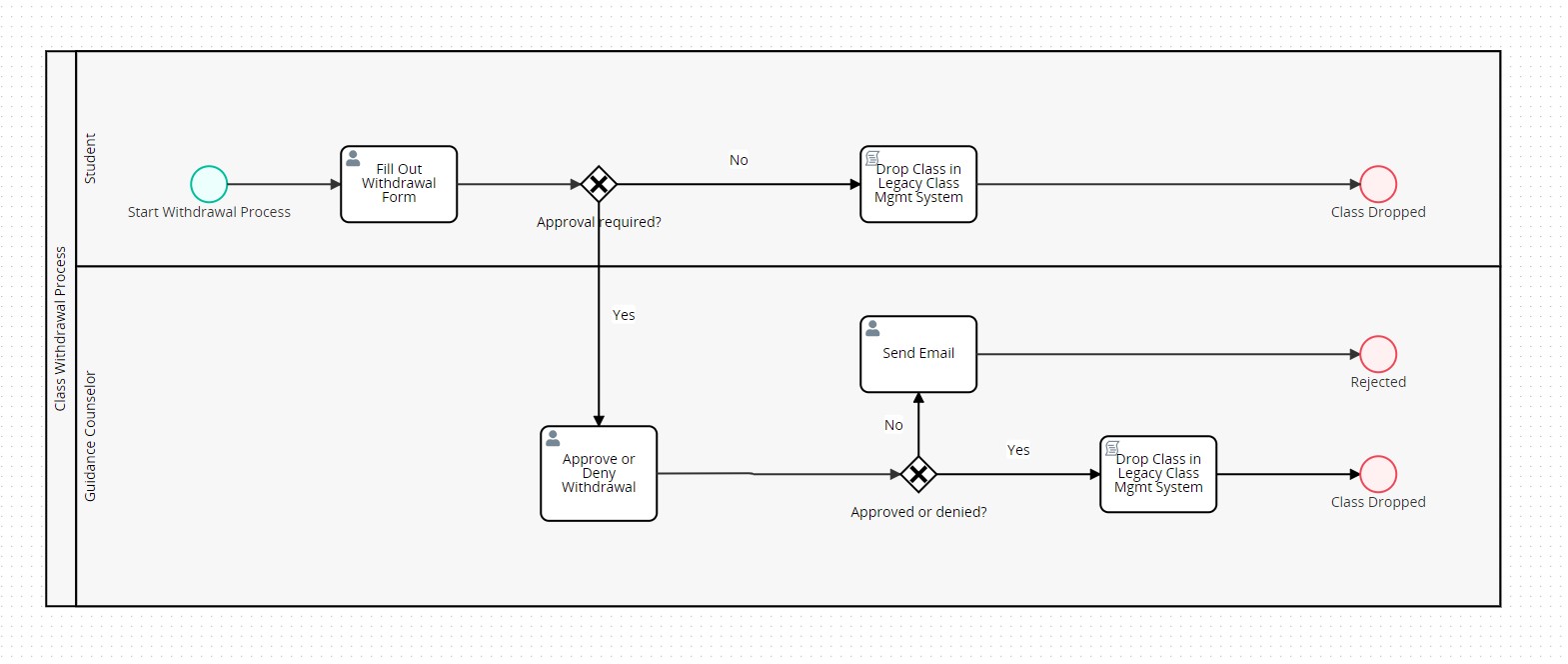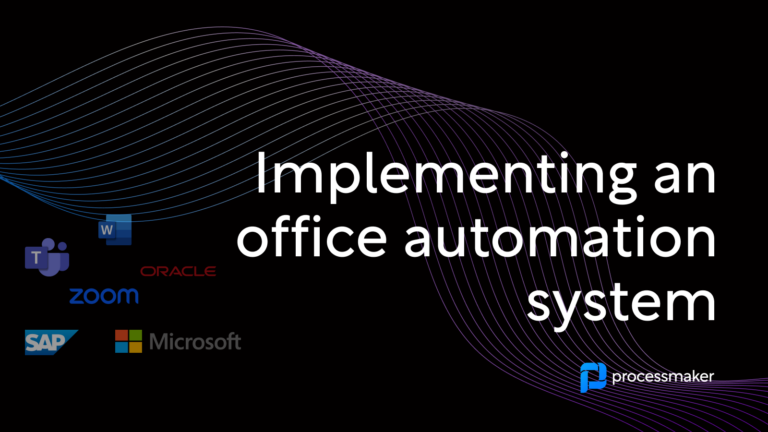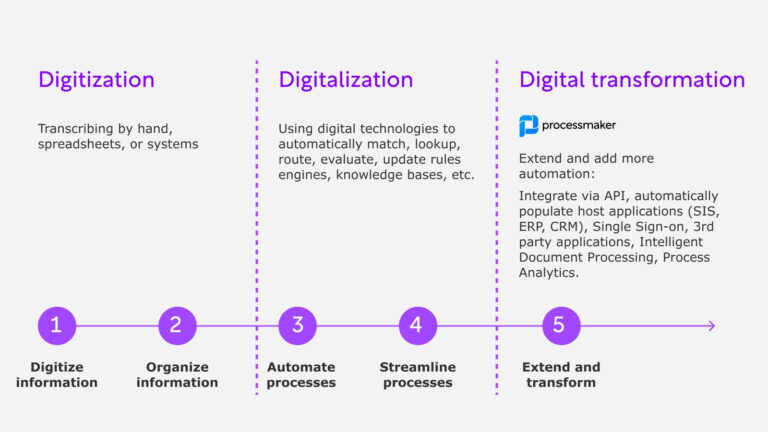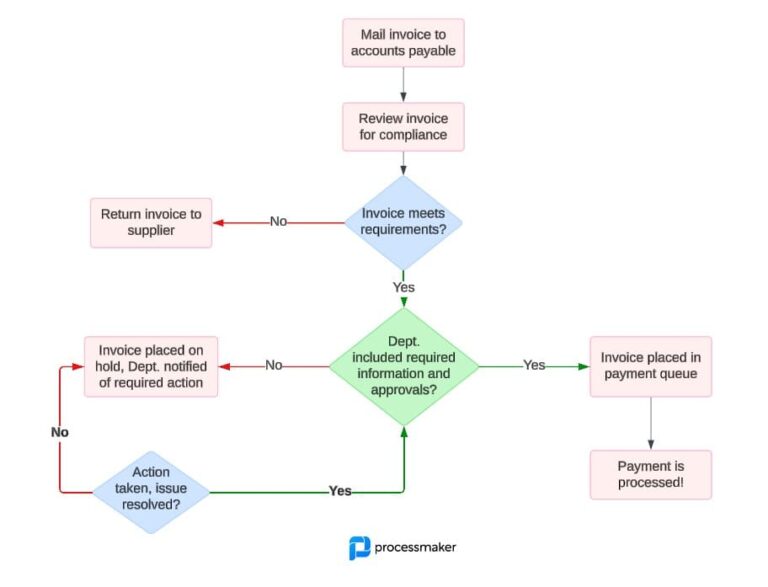If you run an enterprise, you are in the business of keeping your balance sheets in order. Understanding where to save resources like time and money while maximizing efficiency is critical for any successful business owner. Process improvement helps enterprises do just that.
In this article, discover how process improvement can help your own organization to create a more flexible, agile, cost-effective, and productive way of working.
What is process improvement?
Business process improvement involves the business practice of identifying, analyzing and improving existing business processes to optimize performance, meet best practice standards or simply improve quality and the user experience for customers and end-users. Simply put, it’s taking a look at your organization and figuring out how you can do things better.
Process improvement aims to eliminate weak points or bottlenecks in business operations. By identifying those weak points, you help your enterprise accomplish the following:
- Reduce process completion time
- Improve process efficiency and quality
- Eliminate wasted efforts
- Reduce friction in business processes
- Meet regulatory compliance
Ultimately, process improvement is a way for your business to become the best it can be. Without it, innovation would be almost impossible.
The benefits of process improvement
Implementing process improvement techniques successfully at your enterprise will yield positive results on organization, agility, and productivity. More specifically, process improvement has been proved to improve the following within businesses:
1. Product quality
2. Customer satisfaction
3. Customer loyalty
4. Increased transparency and accountability of employee work
5. Development of the skills of employees
6. Business efficiency
7. Increased profit
Without a proper plan, your process improvement efforts will fail. Need help getting started? Follow these seven steps below:
- Map the process
Once you’ve selected a process to improve, map out the current steps with diagrams to see the process as a whole. This helps you find areas for improvement.
- Analyze the process
After you’ve mapped out the process, take a closer look at each step. Use the same diagram from the first step to identify where problems occur. Notice any spots where delays happen or you use too much time or spend too much money. Tracing the problem back to the source is a critical part of this. How else will you understand where the problem is coming from or where? You need to figure out which part of the workflow causes bottlenecks to truly understand how to fix the problem.
- Redesign the workflow
This is when you actually redesign the workflow to reflect changes to the problems identified earlier. It is wise to do this with your key stakeholders. Initiate an honest conversation with your team about the issues you found and how you can work together to solve the problems at hand. Talk to your team about the problems you’ve found and how you can solve the problem together. After brainstorming, determine how your team would carry out each idea, how long it would take, and what the potential risks are.
- Assign the resources
Which stakeholders do you need to identify to make change happen? Always keep in mind the team members impacted most by the new processes. Anticipate needing help from key stakeholders outside of your department, but don’t be afraid. Looping them in will ensure nothing falls through the cracks and the transition goes over smoothly. After seeing who to include, let them know their role and resources assigned. Explain the new workflow and how changing the current workflow will benefit the enterprise. The process maps you developed earlier clarify this process and can be a reference for these stakeholders. Adding pools and swimlanes to delineate roles and responsibilities is helpful, like this:

- Develop an implementation plan
Now it’s time to create an implementation plan. This should be as detailed as possible. You should include team members from the previous step in your plan. List the specific tasks that each of your resources will be working on to avoid any confusion. After this point, create a timeline that shows the beginning and end of each task. Creating a detailed process implementation plan helps to execute your plan down to a T.
- Execute, but don’t forget to communicate too
This is where you can begin to execute your plan. Before execution, you need to communicate this plan to all key stakeholders. Remember, reminding your team of the new process reduces the likelihood of change resistance, something common when starting a new way of doing things in a company. Once everything is communicated again, follow the plan you created.
- Monitor and optimize
Don’t forget to tweak for improvement even after you’ve gone live with your processes. You need to make sure that employees follow the new workflow by closely monitoring the new process and its results. Otherwise, you have no way of measuring Key Performance Indicators (KPIs), a.k.a real progress. If any bottlenecks come up, work with your team to figure out how to overcome them. By continuing to improve your workflows even after they go live, you can be sure your process improvement efforts sustain and succeed long-term.
Summary
Beginning to improve your processes starts with a macro-level view of your enterprise. In the case of process improvement techniques found in business process management, BPM provides the framework and strategy for greater business efficiency. The process improvement is the actual practice of improving workflows that can be part of a larger BPM strategy.
Continuous process improvement is a mindset — not a one-time event, but a continuous effort! An excellent BPM solution incorporates this thinking and has an intelligent BPM software (iBPM) available on-premises, in the cloud, or as a hybrid combination. This hybrid option provides the best way to preserve resources while introducing new software into a company. The result? A better business marked by a cost-effective, organized, and flexible business strategy.
Considering an intelligent workflow automation solution? Our award-winning iBPM platform specializes in delivering solutions that drive operational efficiency, connecting your current systems all on one platform. Learn more about our robust low-code workflow management solution at www.processmaker.com
About ProcessMaker
ProcessMaker is a low-code business process management and workflow software. ProcessMaker makes it easy for business analysts to collaborate with IT to automate complex business processes connecting people and existing company systems. Headquartered in Durham, North Carolina in the United States, ProcessMaker has a partner network spread across 35 countries on five continents. Hundreds of commercial customers, including many Fortune 100 companies, rely on ProcessMaker to digitally transform their core business processes enabling faster decision making, improved compliance, and better performance.





